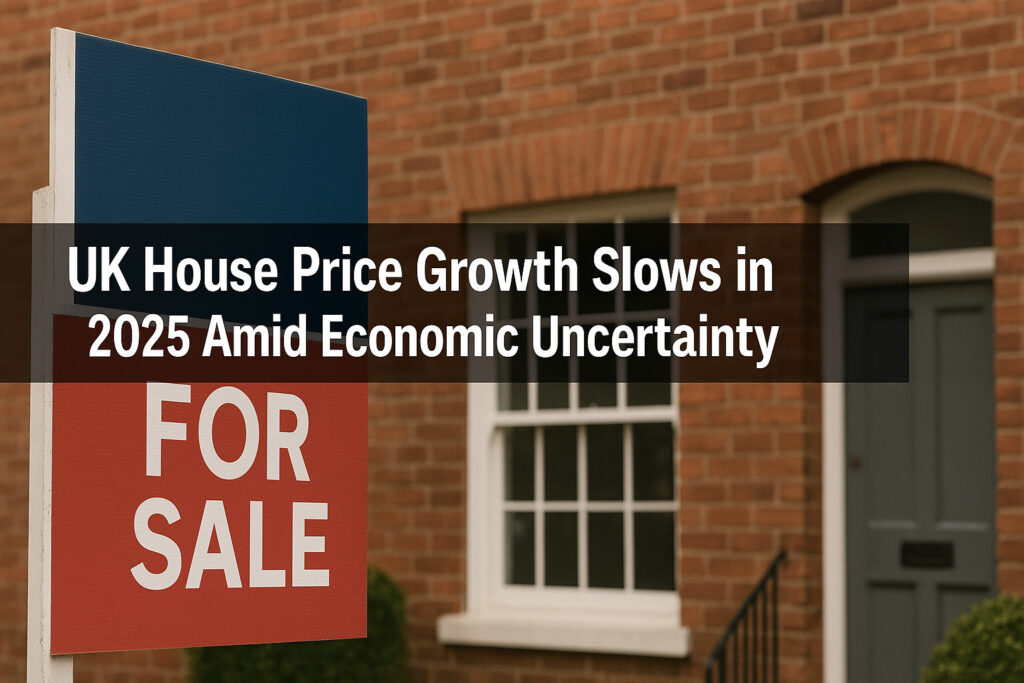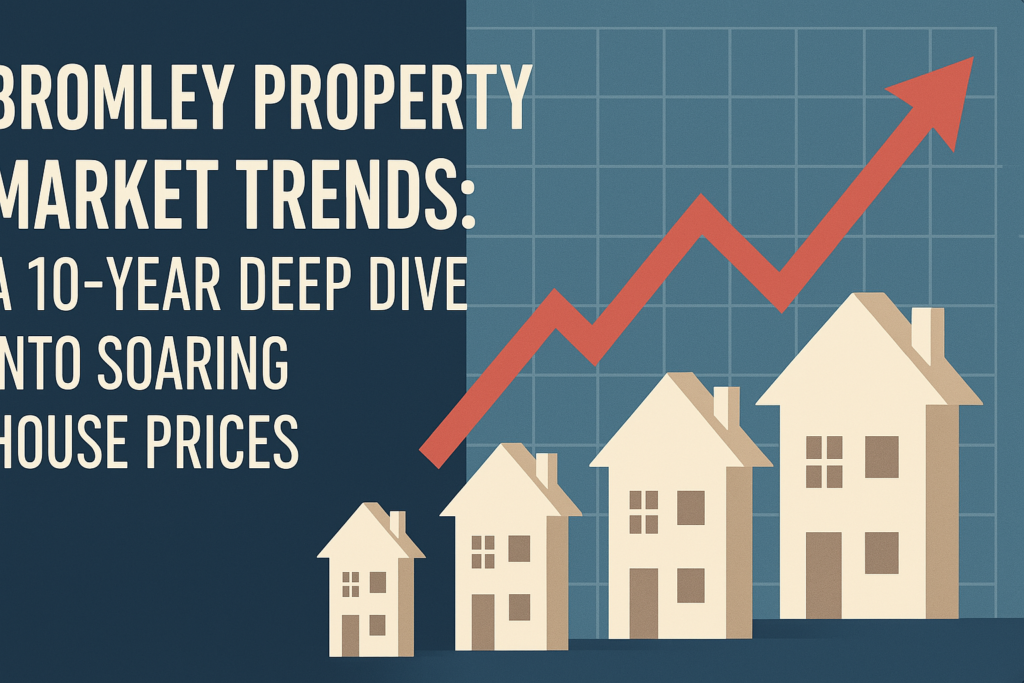London House Prices 2025: The Impact of Bank Rates and Stamp Duty on the Housing Market
The London housing market has long been one of the UK economy’s most dynamic and closely watched sectors. As we progress through 2025, the conversation is dominated by bank interest rates, stamp duty changes, and their combined influence on house prices in London. With demand wavering and affordability stretched, it’s essential to understand the factors shaping the market today—and what may lie ahead.
London House Prices in 2025: A Complex Market in Flux
In early 2025, average house prices in London continue to reflect a market grappling with uncertainty. According to recent data from property analysts, London’s average property price hovers just above £500,000, with significant variations across boroughs. Prime central areas such as Kensington and Chelsea remain resilient, while outer boroughs witness modest corrections.
However, growth has slowed considerably compared to the highs of the early 2020s. The sharp increase in interest rates initiated by the Bank of England in response to post-pandemic inflation has curtailed borrowing capacity, reducing demand and increasing supply. The era of cheap mortgages is over, reshaping the London housing landscape.
How Bank Interest Rates Are Squeezing the Market
Interest rates have reached their highest levels over a decade, with the base rate peaking at 5.25% in 2024. Although minor cuts are expected throughout 2025, mortgage rates remain substantially higher than pre-pandemic levels.
This has led to:
- Increased monthly mortgage payments for both new buyers and those remortgaging.
- A slowdown in mortgage approvals, especially among first-time buyers.
- Price negotiations favouring buyers, particularly in mid-tier markets.
For prospective homeowners, this means higher costs over the life of a mortgage and greater scrutiny of affordability by lenders. For sellers, it creates pressure to adjust asking prices, particularly if properties linger unsold for extended periods.
Stamp Duty Changes and Their Influence on Buyer Behaviour
The UK government’s adjustments to stamp duty thresholds have also played a pivotal role. The temporary cuts introduced in 2022 to boost the market during economic uncertainty have since been reversed, with new stamp duty bands reinstated in late 2024.
Buyers now face:
- A higher upfront cost when purchasing properties over £250,000.
- Additional levies for second homes and overseas buyers.
- A cooling-off effect on speculative investments in the capital.
This mainly affects luxury and buy-to-let markets like Mayfair, Notting Hill, and Canary Wharf. Investors are reassessing their portfolios, while some overseas buyers are exploring alternative cities like Manchester, Birmingham, and Leeds, where yields are higher and stamp duty burdens lower.
Regional Disparities Within London’s Housing Market
It’s essential to recognize that London is not a single market but a collection of micro-markets that behave differently depending on local demand, infrastructure, and development.
- West London continues to command premium prices, bolstered by affluent buyers and international interest.
- East London—particularly areas like Stratford and Barking—has seen a tapering off in price growth due to oversupply of new-build flats.
- South London offers better value, with strong interest in boroughs like Croydon, Lewisham, and Bromley among first-time buyers.
- With its blend of period homes and green spaces, North London has remained relatively stable, but price sensitivity is rising.
In some boroughs, 2–4% year-on-year price drops have been recorded, while others have remained flat. Very few areas are seeing double-digit growth, a stark contrast to the frenzied market of 2021–2022.
The Rental Market: Soaring Demand Amid Buying Fatigue
While home sales slow, rental prices in London are surging. Demand from tenants has grown as many potential buyers delay their purchases, opting to rent until mortgage rates or house prices become more favourable.
As of Q1 2025:
- Average London rents have increased by over 8% year-on-year.
- The average monthly rent for a one-bedroom flat in Zone 2 has surpassed £2,000.
- Tenants face stiff competition, with some properties receiving multiple offers within days.
Landlords benefit from the shift but face increased regulation and rising maintenance and financing costs, making profitability tighter despite substantial rental income.
First-Time Buyers: Challenges and Opportunities
First-time buyers remain a cornerstone of the market, and despite headwinds, many continue to pursue home ownership. However, they face:
- Increased deposit requirements due to lower loan-to-value lending.
- Tighter affordability assessments under current interest rate conditions.
- Limited availability of suitable starter homes in central zones.
Government schemes such as Shared Ownership, First Homes, and Lifetime ISAs offer some relief. In addition, developer incentives, including stamp duty contributions and furniture packages, are becoming more common to entice this crucial buyer segment.
What Lies Ahead for London House Prices?
Looking forward, the outlook for London house prices in 2025 and beyond remains cautiously optimistic but highly dependent on macroeconomic signals:
- If interest rates continue to fall, we may see a gradual recovery in buyer sentiment and affordability.
- A strong job market, particularly in finance, tech, and legal sectors, will support demand in central zones.
- Ongoing housing shortages, driven by planning delays and low new build completions, will underpin long-term price stability.
However, persistent inflation, political instability, or sudden tax changes could derail the recovery. The market remains price-sensitive, interest-rate-driven, and segmented by buyer type and geography.
Expert Advice for Buyers and Sellers in 2025
Strategic timing and informed decisions are essential whether you’re buying or selling in this climate. For buyers:
- Secure mortgage pre-approval early to understand your budget.
- Look for motivated sellers who may be open to negotiation.
- Consider emerging areas with good transport links and future regeneration projects.
For sellers:
- The price is realistically based on recent local sales, not outdated peak valuations.
- Invest in presentation and marketing to stand out in a crowded market.
- Be prepared for more extended sales periods and potential renegotiation after surveys.
Conclusion
The London housing market in 2025 is navigating through one of its most transitional periods in recent memory. The interplay between bank interest rates, stamp duty, and shifting buyer behaviour redefines the rules. Staying informed, agile, and pragmatic will be key to making sound real estate decisions in the months ahead.
Frequently Asked Questions (FAQ)
Are house prices in London going up or down in 2025?
Answer: As of 2025, London house prices are stabilizing or declining in most areas. While some premium zones remain resilient, rising interest rates and tighter affordability are causing price adjustments, especially in outer boroughs.
How have bank interest rates affected the London property market?
Answer: Higher bank interest rates have significantly reduced borrowing capacity, making mortgages more expensive. This has slowed buyer activity and caused downward pressure on property prices across much of London.
What is the current stamp duty threshold in the UK for 2025?
Answer: The stamp duty threshold was revised in late 2024, and as of 2025, buyers pay stamp duty on properties priced over £250,000. Additional surcharges apply for second homes and overseas investors.
Is it a good time to buy property in London?
Answer: It depends on your financial situation and long-term plans. Some buyers may find opportunities with slightly lower prices and lower competition than in previous years. However, high mortgage rates require careful budgeting.
Will interest rates go down in 2025?
Answer: Economists expect a gradual reduction in interest rates throughout 2025 but are unlikely to return to pre-2022 levels soon. Mortgage rates may slowly decline as inflation stabilizes.
What areas in London offer the best value for buyers in 2025?
Answer: South and East London boroughs like Croydon, Lewisham, Barking, and Walthamstow offer more affordable options and potential for future growth due to regeneration projects and good transport links.
How is the rental market in London performing?
Answer: The rental market is robust, with demand exceeding supply. Rents have increased by over 8% year-on-year, making it harder for tenants but favourable for landlords.
Are there any government schemes available for first-time buyers in London?
Answer: Yes. First-time buyers can access schemes such as Shared Ownership, First Homes, and Lifetime ISAs, which help with deposits and affordability.
Should I sell my property in London in 2025 or wait?
Answer: If you’re in a strong equity position and price your home competitively, now can be a good time to sell. However, waiting for lower interest rates could bring more buyers into the market if you’re not in a rush.
How long does it take to sell a house in London?
Answer: On average, properties take 8 to 12 weeks to sell, depending on location, price, and condition. Homes priced accurately and presented well tend to move faster.





